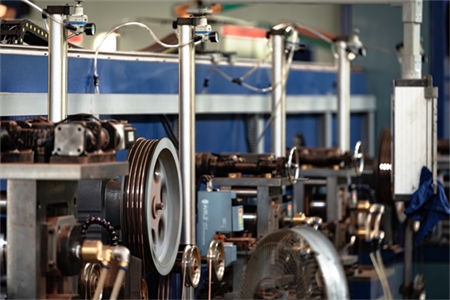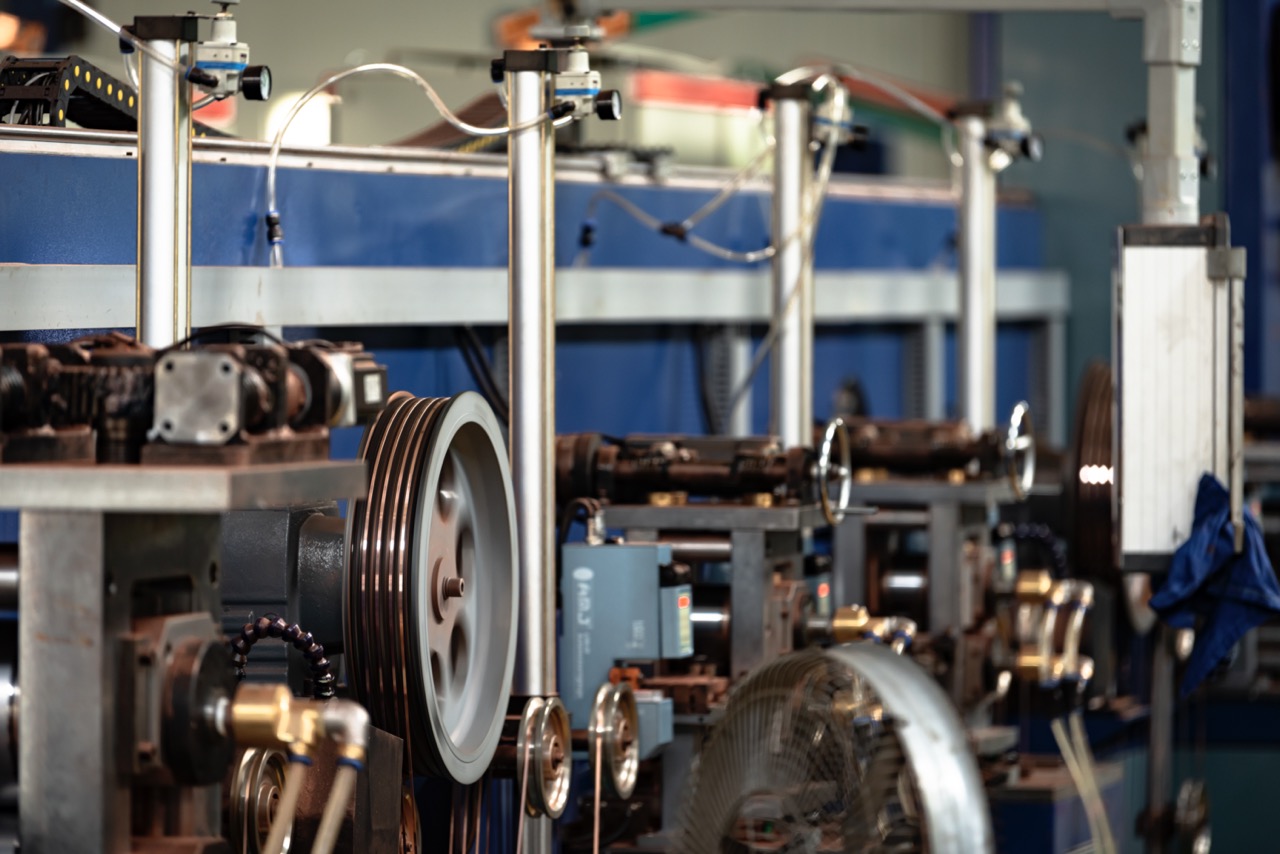Terminology is a collection of names used to represent concepts in a specific discipline. In my country, it is also called nouns or scientific terms (different from nouns in grammar). Terminology is a conventional language symbol that expresses or defines scientific concepts through speech or text. It is a tool for communicating thoughts and knowledge. According to international standards, words only refer to "text designations".Photovoltaic modulesWhat are the terms?
Solar PhotovoltaicSolar cells (photovoltaic cells for short) are used to convert sunlight directly into electrical energy.Solar Cells, can be divided into single crystal silicon, polycrystalline silicon, amorphous silicon solar cells. In terms of comprehensive performance such as energy conversion efficiency and service life, single crystal silicon and polycrystalline silicon cells are superior to amorphous silicon cells. Polycrystalline silicon has lower conversion efficiency than single crystal silicon, but is cheaper.
There are many professional terms in photovoltaic modules. Some people who are new to the industry may not understand what these terms mean.RaytronLet me tell you what the terminology of photovoltaic modules is.
1. Solar cell area: refers to the area of the entire illuminated surface of the solar cell (including the grid lines).
2. Single solar cell: the smallest solar cell unit with positive and negative poles that can convert solar radiation energy into electrical energy.
3. Effective illumination area of a single solar cell: refers to the difference between the geometric area of a single solar cell receiving light and the area occupied by the electrode.

4. Conversion efficiency: refers to the percentage of the maximum power of the illuminated solar cell to the total radiation power incident on the solar cell.
5. Module (solar cell module): refers to the smallest divisible solar cell combination device with packaging and internal connections that can provide direct current output independently.
6. Solar cell module area: refers to the total illuminated area of the solar cell module (including edges, frames and any protrusions).
7. Panel (solar panel): An assembly consisting of several solar cell modules assembled in a certain way on a board is called a panel (a panel is usually a unit of a square array).
8. Array (solar cell array): a DC power generation unit composed of several solar cell modules or solar panels mechanically and electrically assembled in a certain way and with a fixed supporting structure. Others are not included.
9. The volt-ampere characteristic curve of a solar cell: refers to the relationship curve between the current I flowing into the load and the battery terminal voltage V when the solar cell is illuminated under certain irradiance and temperature and different external circuit loads.
10. Short-circuit current Isc: The output current of a photovoltaic generator when the terminal voltage is zero under certain temperature and irradiation conditions.
11. Open circuit voltage Voc: The terminal voltage of the photovoltaic generator under no-load (open circuit) conditions under certain temperature and irradiation conditions.
12. Standard test conditions: irradiance 1000W/㎡, spectrum AM1.5, temperature 25℃.
These are some of the terms used in photovoltaic modules. Of course, there are other terms that may not be listed here, and you still need to explore them yourself. Ruizuo is currently the top manufacturer of convergence ribbons in the photovoltaic industry. It produces various types of convergence ribbons. Enterprises with convergence ribbon production needs can contact us directly.
